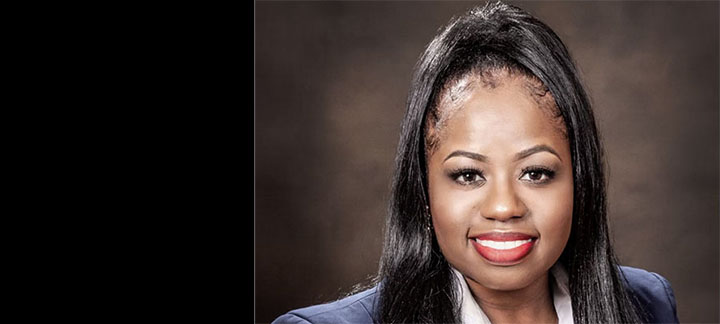
Hello #BankWithBea friends! We are in week 4 of our journey with our Financial Planner. I hope you have been implementing the amazing tips and tricks that Shad has given us… I know I have! Let’s see what Shad had to say this week…
Bea: Shad, last week we left off on Individual Retirement Accounts. Catch us up with the rest of the conversation please!!
Shad: Hi Bea, we covered a lot of ground over the last few weeks. To recap, we discussed the importance of getting control of your debt and establishing an emergency fund. Then we talked about forecasting any large expenses over the next few years and setting aside money for those expenses. Finally, we introduced the next step of investing in retirement accounts (401(k) and IRA) through the perspective of a young adult starting on their journey. For 401(k)s, we walked through investment options and fees.
Bea: Ok, then I raised the issue that some folks don’t have access to a 401(k) or retirement account through their employer, what should they do?
Shad: It normally makes sense to open an Individual Retirement Account (IRA). Almost everyone in their working years can contribute to an IRA, you just need to have earned income during the year.
Bea: How do I open an IRA?
You can open an IRA through a financial institution. For example, some banks and/or credit unions offer Traditional and Roth IRAs. Opening an IRA differs from a 401(k), which is opened through your employer.
Bea: You mentioned the option of Traditional or Roth, what is the difference?
Shad: The main difference between Traditional versus Roth is when you get the tax break. For Traditional, contributions are tax deductible (you get the benefit in the current year), yet when you withdraw from the account in retirement you are taxed. For Roth, contributions are not tax deductible (no benefit for the current year), yet when you withdraw from the account in retirement it is tax-free. In general, it makes sense for younger investors to choose Roth while they’re in a lower tax bracket and their contributions can grow tax free.
Bea: What about investment options for an IRA?
While 401(k) investment options are limited to the fund lineup provided through your employer, you can invest in most asset classes in your IRA. Similar, to your 401(k), it makes sense for young adults to have most (if not all) of their IRA allocation in stocks versus bonds or cash. With many years to retirement, you have time to recover from any future declines in the market. Also, pay attention to fees when selecting the investments for your IRA.
Bea: What is the max that I can contribute to an IRA?
Shad: You can contribute up to $6,000 annually to an IRA, and an additional $1,000 if you are age 50 and older.
Bea: Can you contribute to an IRA and a 401(k)?
Shad: Yes, and that is certainly the goal to build to. But for starters, I normally ask folks to invest in their 401(k) if they are getting an employer match.
Wow! Shad you have given us so many helpful nuggets to start making intentional savings decisions towards our financialgoals! I am excited to hear what you have to say next week, as we wrap up our financial planning session. For questions, email [email protected] #BankWithBea
